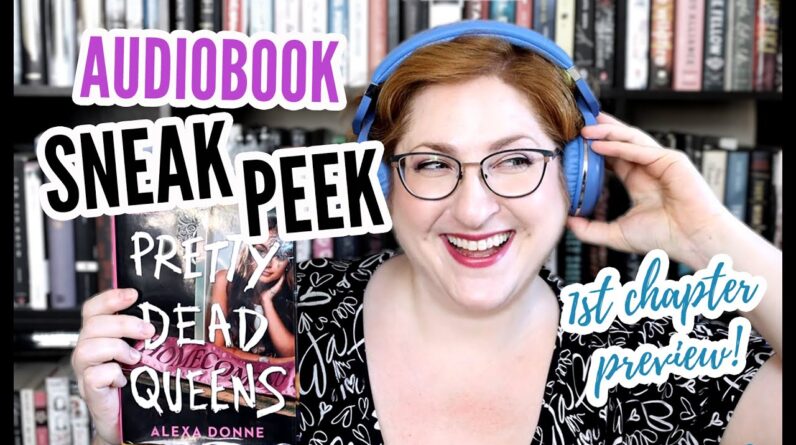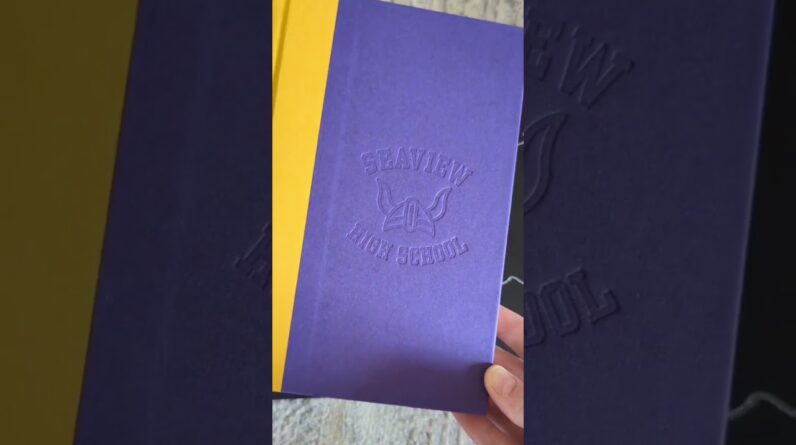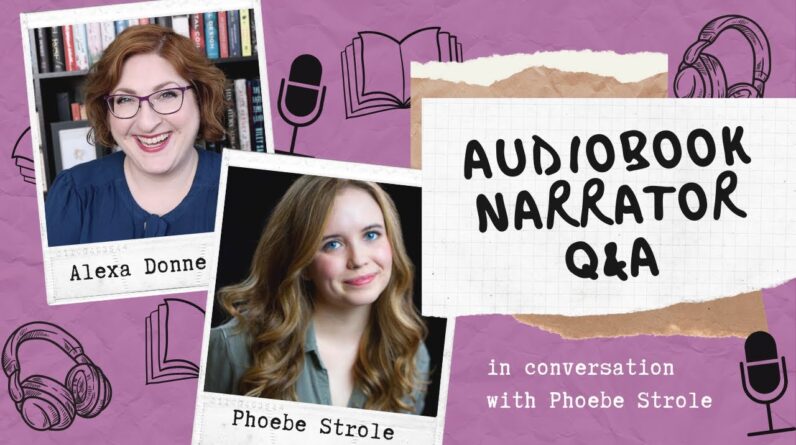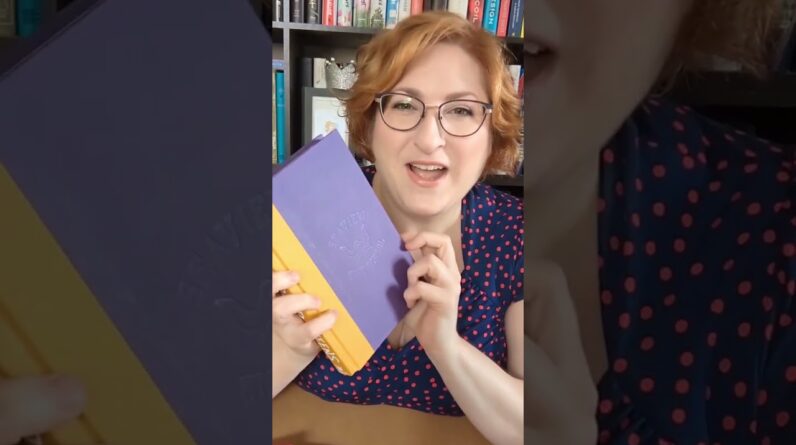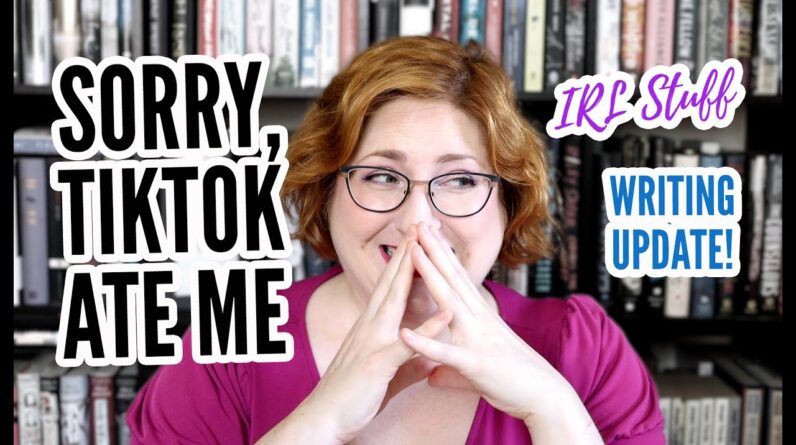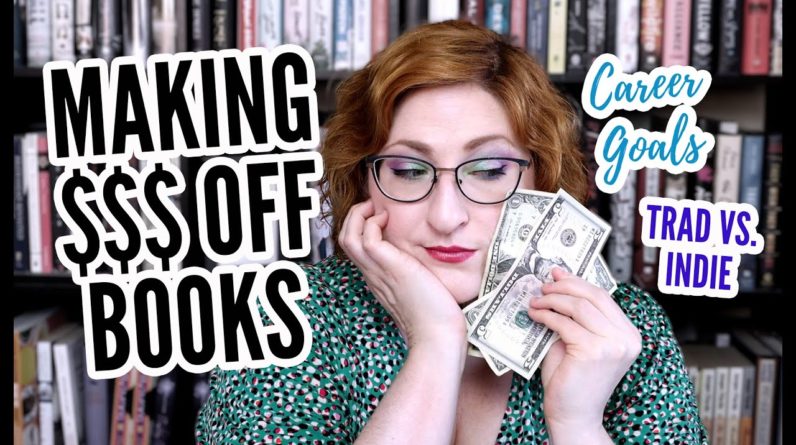Give Poetry a Try
There are many books on the craft of poem writing. Many of us can admit that we didn’t ‘get’ poetry when we were in school. There are more ways to comprise lines and stanzas than we ever thought existed, and it can be overwhelming. We can play around on our own with end rhymes, parts of speech (verbs ending in -ing), and syllabication.
Avoid Filtering and Improve Your WritingThe quality of your writing style is distinguished by the involvement of readers in your story. You want to capture the reader with syntax that ignites emotions and avoids distractions. One step on the path to engaging readers in your writings is to avoid filtering.
What To Do When We Lose Our Creative SparkMost books and blog posts on craft can be helpful. Talking with other artists, maybe even setting up a “creating date” in which to create together might reinvigorate our interest in creating. Visiting a museum, taking a walk in a park, going to a movie, reading something outside our usual genre, even researching online might give us a spark to return to artistic play.
Moving Into a Creative LifeA wonderful, and true, description of what embracing creativity is about is being awake. I think we need to be conscious of the call, awake, or at least moving in that direction. There has to be some interest, a gathering of supplies, talking to other creatives, possibly taking a course or a workshop before the Muse decides to stay with us for a while. If we don’t pay attention, if we don’t begin to open up, to be awake, to catch the whisperings of the Muse, then it moves on to another person who is waking up.
The Paradox‘The Paradox’ is a story that revolves about existentialism and The Fermi Paradox. Continuing in a series of chapters that would be published every week, this tale questions the common theories concerning the existence of our species and what the future holds for us. Being a Science-Fiction story, it also has flavors of Mystery and Thrill.
To Call Ourselves Creatives, We Must CreateTo say, “I write,” or, “I paint/cook/sculpt/dance/compose music,” much would change in our lives. We would have to say no to some things so we can say yes to that part of us that calls out and speaks to us in the twilight between deep sleep and wakefulness as the sun’s rays reach into the alpine glow of predawn.
The Beginning of CreativityDo you remember when you were in elementary school, and when holidays came around there was always some major art project to be done? It was all about free expression, which was guided by loving (hopefully) teachers, and playing with various mediums with which to create. And it didn’t matter how lopsided the house was or which letters were written backwards, the artwork was hung on the refrigerator until the corners curled and the colors faded.
Why Do You Waste Time on ‘Worrying’? Live The MomentIn life, the only thing you have to do is breathe: everything else is optional only. No individual raindrop ever considers itself responsible for the flood. Life just gives you time and space. It’s up to you avail it properly. Look at life through the windshield, not the rear-view mirror. Man should appreciate the value of life.
Maneuvering Beyond Obstacles to Creating ArtIt is no small thing to write a manuscript, cook a five course meal, sculpt a hunk of granite, or compose a piece of music. The obstacles that creep up or drop in front of us can be tiny or monumental. To actually get the project from our minds into a format for others to enjoy takes perseverance, courage, patience, and a healthy dose of luck.
The Practice of CreatingI don’t think there is a hard and fast rule about how long someone can concentrate on their craft. For some, perhaps two hours or less at a time. Those who have more availability may be able to completely immerse themselves in creative play for longer stretches. There are days that, as creatives, we’ve burned ourselves out. Life has encroached, and we’ve held our own feet to the fire as long as we could.
Setting the Scene: Fiction and Non-Fiction (Including Memoirs)Scene setting, whether that’s for fiction or non-fiction, which includes memoir, is all-important to give readers a sense of time and place as they read. And, you want to provide setting early in each scene or segment, and as you go.
How Do We Get Better At Our Art?It takes time to get quiet, to listen to the whispering of the Muse. Sometimes, the quietness comes with feelings of, “I should be doing something else, I should be more productive.” The truth is, this time isn’t ‘wasted’. It’s just redirected. It’s only ‘wasted’ if we allow ourselves to play the game of either-or, and allow our art to lose.


